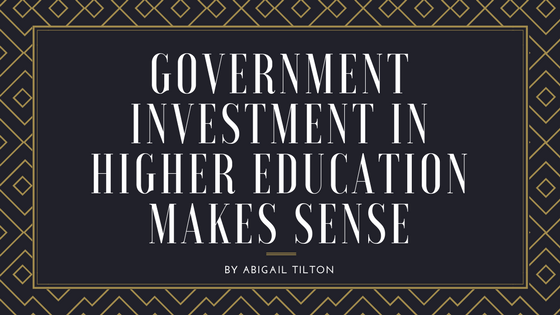UNESCO Institute for Statistics reports that the number of students enrolled in higher education shot up from 6.1 million in 2000 to 12.2 million in 2013 in Africa. The World Bank released a report projecting a 30% increase in the number of skilled workers among developing countries by 2040, whereas, in that same report, the bank expected a decrease in the number of skilled workers in developed countries by 2050.
In 1995, the United States led the world in college graduation rates. Within less than twenty years, the U.S. has fallen behind Japan, South Korea, Canada, England, Ireland, Australia, and Switzerland to 11th place. To compete in the ever-more competitive global economy, the nation needs one of the best-educated workforces in the world.
The gravity of these numbers is amplified by the fact that by 2020, two-thirds of all jobs in the United States will require some education beyond high school. Whereas 50 years ago, a high school degree was enough to find a job with a middle-class salary. Today, workers with an associate’s degree will earn about $360,000 more over their career than a worker with a high school diploma, and workers with a bachelor’s degree will make nearly one million more.
When looking at these numbers, one begs the question, “Why aren’t more high schoolers enrolling in and graduating from college?” The answer is quite simple. The tremendous costs of colleges put it out of reach for many families or require students to take on a significant amount of debt.
Ahead of his time, John Adams argued on behalf of free college for all.
“The whole people must take upon themselves the education of the whole people, and must be willing to bear the expense of it.” His argument led to the 1862 Morrill Act which established the land-grant colleges, or higher education institutes in the U.S. designated by a state to receive federal funding.
Now in the 21st-century, U.S. Senator Bernie Sanders has proposed an equivalent to the Morrill Act that aims to eliminate undergraduate tuition at public colleges and universities. Two-thirds of the cost would be financed by a tax on financial transactions, and the state would then match with the remaining third. The legislation also includes provisions that call for reduced student-loan interests, and tenured faculty to provide 75% of the instructions at their universities and colleges.
Today, millions of college graduates have been forced to take on lifelong debt for merely obtaining a needed education. About 44 million Americans owe more than $1.3 trillion in student loans. The debts will take many years to repay and impacts the graduate’s ability to buy a home, get married or have kids.
Bernie Sanders states, “In the richest country in the history of the world, everyone who has the desire and the ability should be able to get a college education regardless of their background and ability to pay.”
